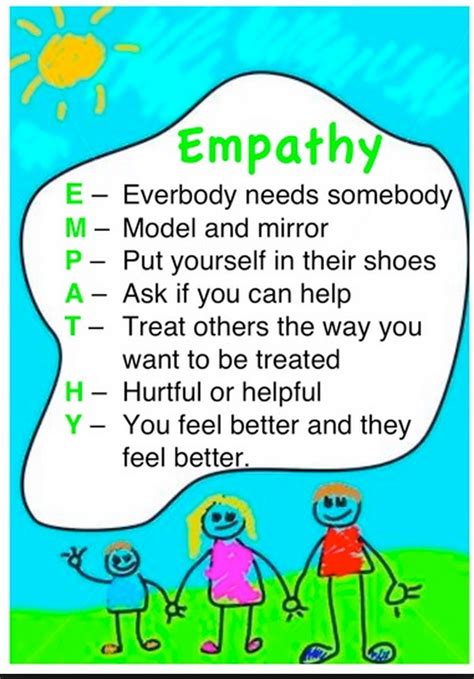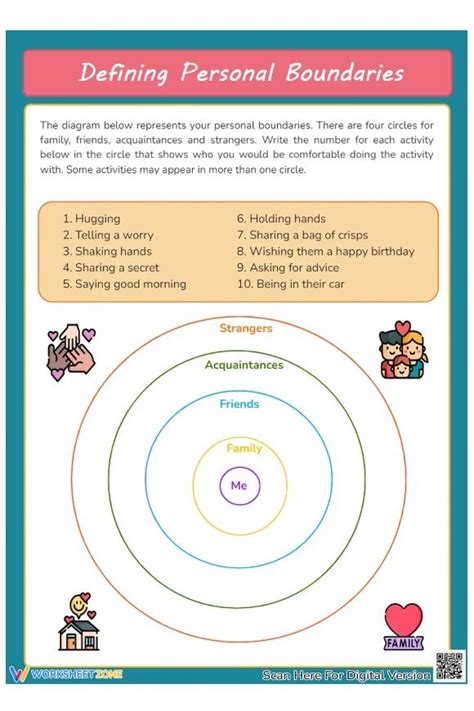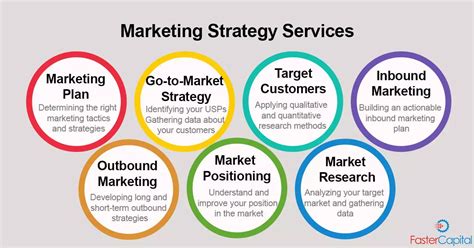Relationships, whether romantic, familial, or platonic, are the bedrock of our lives. They provide support, joy, and a sense of belonging. However, like any valuable asset, these connections require intentional investment to grow and flourish over the long term. The ‘best’ strategy isn’t a single trick, but rather a holistic approach built on consistent effort and genuine commitment. It’s about cultivating a dynamic environment where connection can deepen and withstand the tests of time.
Prioritizing Active Listening and Presence
One of the most profound investments you can make is to truly listen and be present. In our fast-paced, distraction-filled world, giving someone your undivided attention is a rare gift. Active listening goes beyond merely hearing words; it involves understanding the underlying emotions, validating feelings, and reflecting back what you’ve heard to ensure clarity. Put away your phone, make eye contact, and truly engage in the conversation. This practice communicates respect and value, forming the very foundation of deep connection.

Consistent Effort and Quality Time
Long-term relationship growth isn’t about grand gestures once a year; it’s about the accumulation of small, consistent efforts. Regularly scheduled quality time, whether it’s a weekly dinner, a shared hobby, or just a quiet conversation, reinforces the bond. These intentional moments create a shared history and a sense of routine care. Furthermore, small acts of kindness, thoughtful check-ins, and remembering important dates or details show that you’re thinking of them and that the relationship is a priority.
Cultivating Vulnerability and Trust
To move beyond superficial interactions, vulnerability is essential. Sharing your authentic self – your hopes, fears, insecurities, and dreams – allows others to truly know you and fosters a deeper emotional intimacy. This act of opening up must be met with trust, which is built through reliability, honesty, and confidentiality. When people feel safe to be themselves without judgment, the connection transforms into a resilient and supportive bond. Trust is earned over time through consistent, dependable behavior.

Empathy and Understanding
Relationships thrive when individuals feel understood. Practicing empathy means trying to see the world from another person’s perspective, even if you don’t fully agree with it. It involves acknowledging their feelings and experiences without immediately offering solutions or judgments. This deep understanding helps bridge gaps during disagreements and reinforces the feeling that you are a safe and supportive ally. It’s about validating their emotional reality, which is a powerful way to strengthen ties.

Navigating Conflict Constructively
No relationship is without conflict; it’s how you handle disagreements that determines the long-term health of the connection. Instead of avoiding conflict or engaging in blame, aim for constructive resolution. Focus on the issue at hand, express your needs and feelings calmly, and be open to compromise. Learning to apologize sincerely, offer forgiveness, and move forward demonstrates resilience and a commitment to the relationship over individual pride. This process builds strength and teaches you both how to overcome challenges together.
Celebrating and Supporting Each Other’s Growth
True investment means cheering on each other’s successes and offering unwavering support during failures. Celebrate their accomplishments, big or small, as if they were your own. Provide encouragement and practical assistance when they are facing challenges or pursuing personal goals. A relationship where both individuals feel uplifted and empowered to grow independently will inevitably grow stronger as a unit. Mutual support creates a positive feedback loop that deepens affection and respect.

Setting Healthy Boundaries and Respecting Autonomy
Investing in connection also means respecting individual space and autonomy. Healthy boundaries are crucial for long-term sustainability, preventing burnout and resentment. Understanding and communicating personal limits, needs, and expectations ensures that the relationship is balanced and mutually respectful. This allows both parties to maintain their individuality while still being deeply connected, fostering a relationship built on trust rather than dependence.

Conclusion
The best strategy to invest in relationship connection for long-term growth is an ongoing commitment to conscious effort across multiple dimensions. It’s a continuous cycle of active engagement, emotional generosity, and adaptive problem-solving. By consistently prioritizing active listening, quality time, vulnerability, empathy, constructive conflict resolution, mutual support, and healthy boundaries, you lay the groundwork for relationships that are not only deeply fulfilling but also resilient enough to thrive through life’s inevitable changes and challenges. These investments yield profound returns in happiness, well-being, and a richer, more meaningful life.




